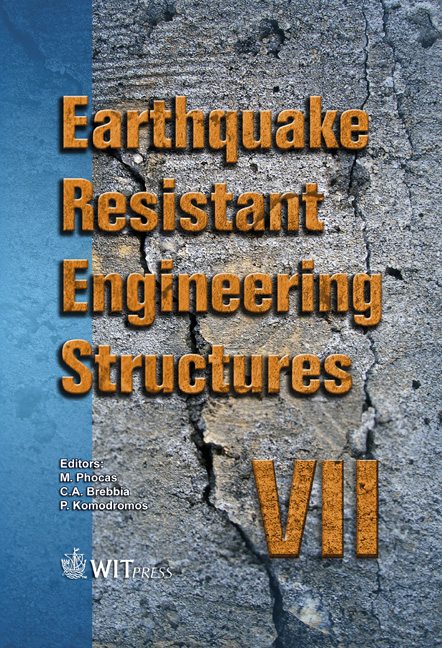State Of The Art Of The Development And Application Of Seismic Isolation And Energy Dissipation Technologies For Buildings In Japan
Price
Free (open access)
Transaction
Volume
104
Pages
10
Page Range
295 - 304
Published
2009
Size
982 kb
Paper DOI
10.2495/ERES090271
Copyright
WIT Press
Author(s)
M. Higahsino, N. Kani, Y. Ohta & H. Hamaguchi
Abstract
Reflecting the extensive damage caused by the 1995 Hyogo-ken Nanbu Earthquake, the number of seismically isolated buildings in Japan has increased dramatically and the total number now exceeds 2000. The number of buildings with response control has reached 700. In the most recent development, many super high rise buildings with seismic isolation have been designed and constructed. Further development of seismic isolation technology has led to its application to semiconductor manufacturing facilities. As with seismic isolation, similar advances have been made in response control technologies for buildings in Japan. This report summarizes the current statistics of seismically isolated buildings and response controlled buildings. Also, this report introduces the most recent developments of seismically isolated super high rise buildings and seismically isolated semiconductor facilities. This report also introduces the development of energy dissipating plates utilizing corrugated steel walls for response control. Keywords: seismic isolation, response control, super high rise building, semiconductor manufacturing facility, corrugated steel plate. 1 Introduction Japan is situated at the complex intersection of the Eurasian, North American, Pacific and Philippine tectonic plate boundaries, a region having one of the highest risks of severe seismic activity in the world. Japan has been experiencing many large earthquakes in its history. The experiences of severe earthquakes
Keywords
seismic isolation, response control, super high rise building, semiconductor manufacturing facility, corrugated steel plate.





